Experience The Frontenac Arch Biosphere
As dawn breaks over Charleston Lake Provincial Park, the lake and surrounding forest start to come to life: white granite cliffs turn golden under the warmth of the rising sun and the waters reveal their deep shades of blue. Somewhere overhead, the cheery morning trill of a robin breaks the silence, setting off a chorus of morning bird calls.
The park, located north of the St. Lawrence River in South Eastern Ontario, is one of the cornerstones of the Frontenac Arch Biosphere and is a good representation of the biodiversity found throughout this ecologically significant region.
If you’ve never heard of the Frontenac Arch, you’re not alone. Despite being in close proximity to more than 50 per cent of Canada’s population (Toronto, Ottawa and Montreal are all within a five-hour drive), the Frontenac Arch is often overshadowed by the Algonquin region to the north and the Thousand Islands to the south.
What is the Frontenac Arch?
To understand the true significance of the Frontenac Arch, we need a quick geology refresh: underlying nearly all of North America is a billion-year-old continental crust. This ancient rock is the eroded remnants of a once-mighty mountain range and is generally hidden deep underground. But in large parts of Canada and small pockets of the northern United States, this granite is exposed and we know it as the Canadian Shield.
What makes the Arch so significant is that it joins the northern parts of the Shield (via Algonquin Provincial Park) to the Adirondack Mountains in New York State. Essentially a ridge of granite that bridges the two sections, the Arch creates a forested corridor for animals, insects, reptiles and amphibians to migrate between regions. It provides an ecologically unique habitat as five forest regions (the Great Lakes, Boreal, Carolinian, Atlantic Coast and Appalachian Forests) all merge here, intermingling like they do nowhere else on Earth. The Arch is also the last remaining intact forest corridor in eastern North America and, twenty years ago, it was recognized by UNESCO as a significant World Biosphere Reserve.
Cool, right?
The unique nature of the Biosphere makes it a significant area for flora and fauna to flourish. The region is on the traditional territories of two Indigenous nations, the Anishinaabe and the Haudenosaunee, who have called these parts home for thousands of years. In the Haudenosaunee tradition, the Arch is referred to as the bone or backbone of the mother and you can see why: like a spine, the land is dotted with granite outcrops and, where the Arch crosses the St. Lawrence, the granite forms the Thousand Islands.
The Frontenac Arch Biosphere covers 2,700 square kilometres from Brockville and Gananoque to Harrowsmith, Verona and Westport.
Explore With Care
This region cuts through the heart of South Eastern Ontario, encompassing two provincial parks, one national park and a vast number of conservation areas. It is made up mainly of mixed forests, wetlands, lakes, rivers and granite outcrops. Small farms and tiny historic communities also dot the landscape. The Frontenac Arch Biosphere Network is a non-profit organization that administers this region and has many good resources if you want to learn more about the history and geology of the area.
Whether you love outdoor adventures or feasting on locally grown food (or both!) this region is a dream to explore. It is best discovered in slow, low-impact ways — canoeing, cross-country skiing, hiking, biking or visiting one of the small towns within its boundaries for a getaway. Take your time to see this natural oasis in all seasons of the year.
Westport: Music, Dining and Stunning Views
Westport sits on the northern edge of the Biosphere. A visit to this town gets you close to Foley Mountain Conservation Area where you can hike to Spy Rock. From the top of this granite ridge, you can see all of Westport, the Upper Rideau Lake and the sprawling glory of the Arch’s vast forest network. Westport is a perfect stop for dining, shopping and live music.
Lyndhurst: Farm, Food and Fresh Air
For a taste of what is being grown and produced in the region, we suggest a visit to Lyndhurst. Here you’ll find Furnace Falls Farm where Wendy Banks, a sixth generation farmer, offers an authentic farm stay complete with a guided forest walk and a campfire cooking lesson using ingredients grown right on the surrounding farm. Stop by her adjacent Country Market to pick up goodies from local producers, including jams and preserves made on Wendy’s farm as well as more specialized items such as chocolate from Ridgeway Confections and Donkey Milk Soap from Berry Homestead Farm.
Parks Network: Explore by Land or Water
Nowhere is the biodiversity of the Frontenac Arch Biosphere as evident as it is in one of the big parks of the region, where turtles, snakes, porcupines and white tailed deer are among the inhabitants.
In the west is Frontenac Provincial Park, a 5,355 hectare oasis of forests and lakes. This stunning park has 22 lakes and more than 120 kilometres of trails within its boundaries. You can visit in any season as the park is open year round. Camping is available here, but all sites require you to either hike in or canoe in. In the east is Charleston Lake Provincial Park, a family favourite for camping, hiking and canoeing. Open from May to October, this park is a perfect place for beginner campers. Flanking the area in the south along the St. Lawrence is the Thousand Islands National Park. This park is a paddlers dream: explore sheltered bays by kayak or canoe to secluded granite islands topped with windswept pines. With 21 islands, plus many smaller islets, two mainland properties and a visitors centre in Mallorytown, there’s no shortage of places to explore within the park.
The Frontenac Arch Biosphere is located in South Eastern Ontario, in close proximity to Kingston, Cornwall and the Thousand Islands.

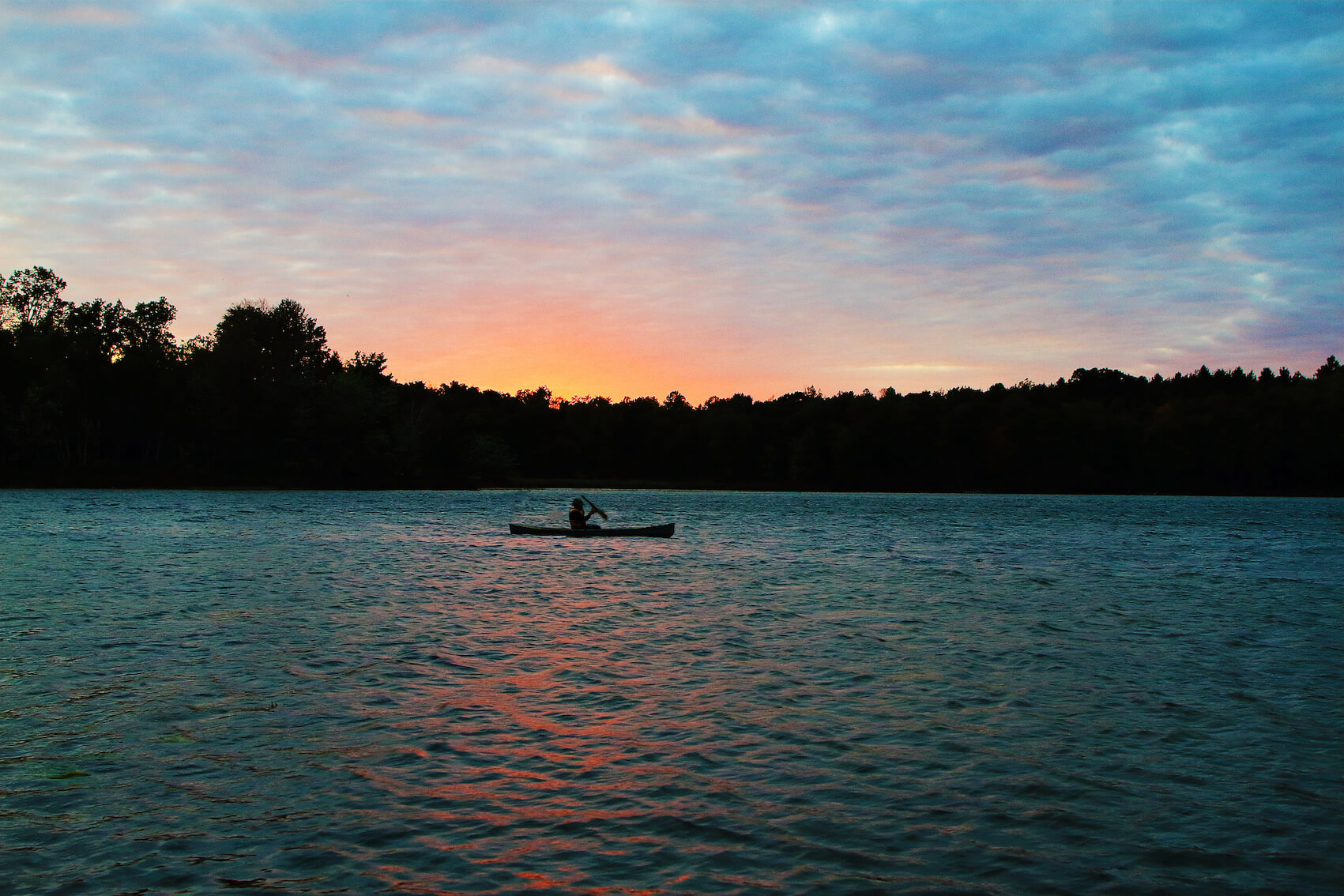

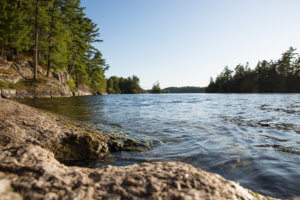

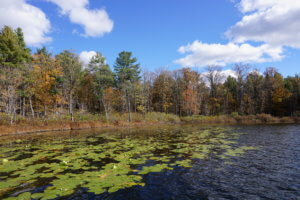
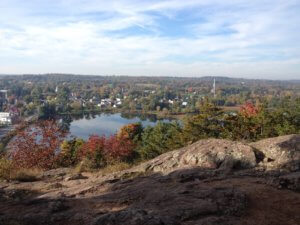
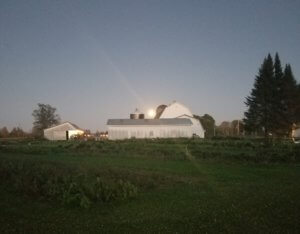

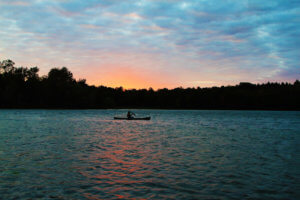
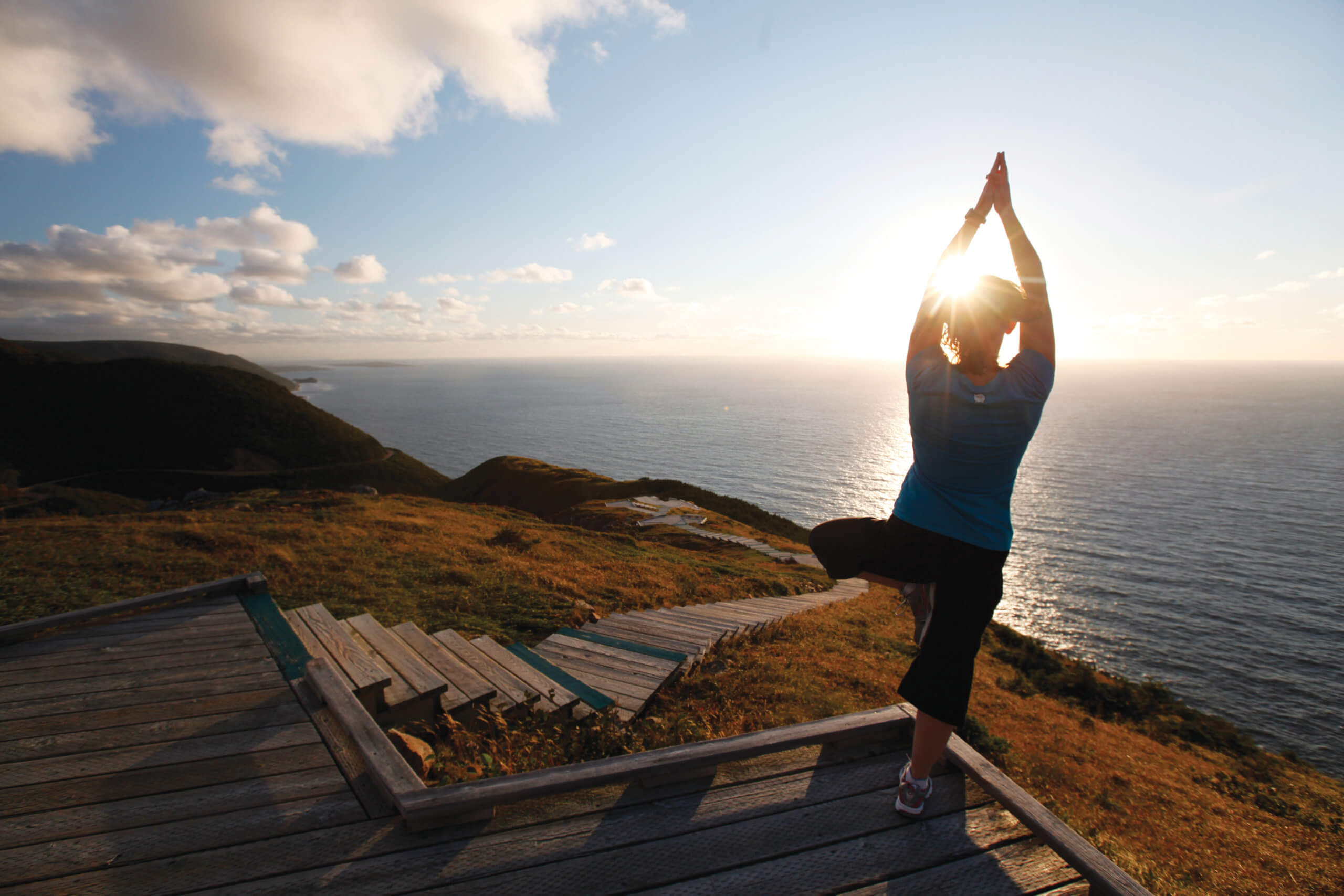










Pingback: Support Local Tourism With Our Rail + Roam Packages - Landsby
Pingback: 5 Winter Hikes To Try This Weekend in Southern Ontario - Landsby
Pingback: Close Up & Personal With Canada's Bears - Landsby
Pingback: Up Close & Personal With Canada's Bears - Landsby
Pingback: 5 Ways To Experience Ontario's Thousand Islands In 2022 - Landsby
Pingback: Exploring Ontario's Most Ecologically Diverse Area - Landsby